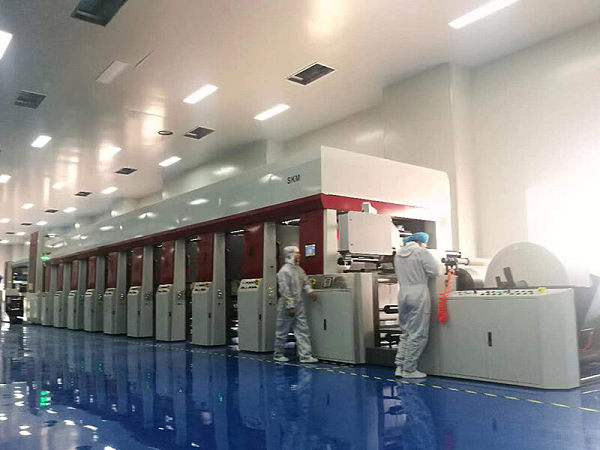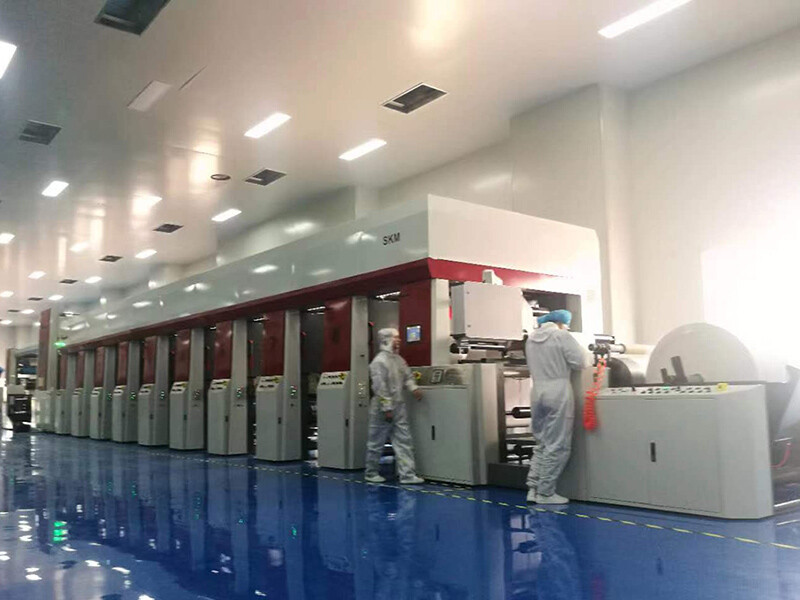NEWS
Why Every Plant Needs a Flexo Printing Machine for Paper Bags

As packaging demand and brand differentiation grow, every plant benefits from integrating a Flexo printing machine—especially a flexographic printing machine for paper bags—into their production line. Whether you're evaluating suppliers, operating equipment, or making purchasing decisions, an automatic paper bag printing machine from a reliable paper bag printing machine manufacturer boosts consistency, reduces waste, and accelerates throughput. This introduction will guide information researchers, operators, technical and business evaluators, and contract executors through the practical advantages, ROI considerations, and operational best practices to help your plant turn paper bags into a strategic asset. In definition and explanation, a Flexo printing machine uses flexible relief plates, an anilox roll, and solvent- or water-based inks to apply high-speed, repeatable graphics to porous substrates like kraft and coated paper. For information researchers and technical evaluation teams, understanding the core mechanics—plate mounting accuracy, anilox cell volume, drying ovens, and web tension control—matters because these elements determine color consistency, registration, and waste rates. Compared to digital printing, flexography scales better for medium to high volumes and offers lower per-unit ink cost when running long print repeats. When assessing suppliers, look for a paper bag printing machine manufacturer with proven after-sales service, spare parts availability, and documentation that aligns with ISO 9001 quality management and, where relevant, FSC chain-of-custody compatibility. Operators and maintenance personnel benefit from machines that emphasize ergonomics: easy plate changes, tool-less adjustments, and clear HMI (human-machine interface) controls. For contract executors and business evaluators, an automatic paper bag printing machine shortens lead time and reduces variability in multisize runs—this reduces rework and protects brand integrity.
Application Scenarios, Technical Performance, and Procurement Guide
For application scenarios and industry contexts, imagine a retail brand launching seasonal packaging, an FMCG plant moving from plain sacks to branded carriers, or a co-packer needing variable runs for multiple customers. A flexographic printing machine for paper bags handles laminated, unlaminated, and gusseted formats while delivering process colors and spot inks. Technical performance metrics to evaluate include max web speed, repeat length tolerance, repeat registration accuracy (in mm), ink system type, and drying capacity—these determine throughput and first-pass yield. In a concise comparison analysis, flexo typically beats rotary letterpress on speed and offset on substrate flexibility. If cost and alternatives are considered, calculate total cost of ownership (TCO): initial capital, tooling (plate) costs, ink consumption, energy for drying ovens, maintenance, and expected uptime. Many plants find the break-even within 12–36 months when switching from manual or older equipment to a modern automatic paper bag printing machine.
Contact Us Today to Get a Quote
WhatsApp:+8613863655370
Tel:+8613863655370
E-mail:Chris@bochuanpack.com


